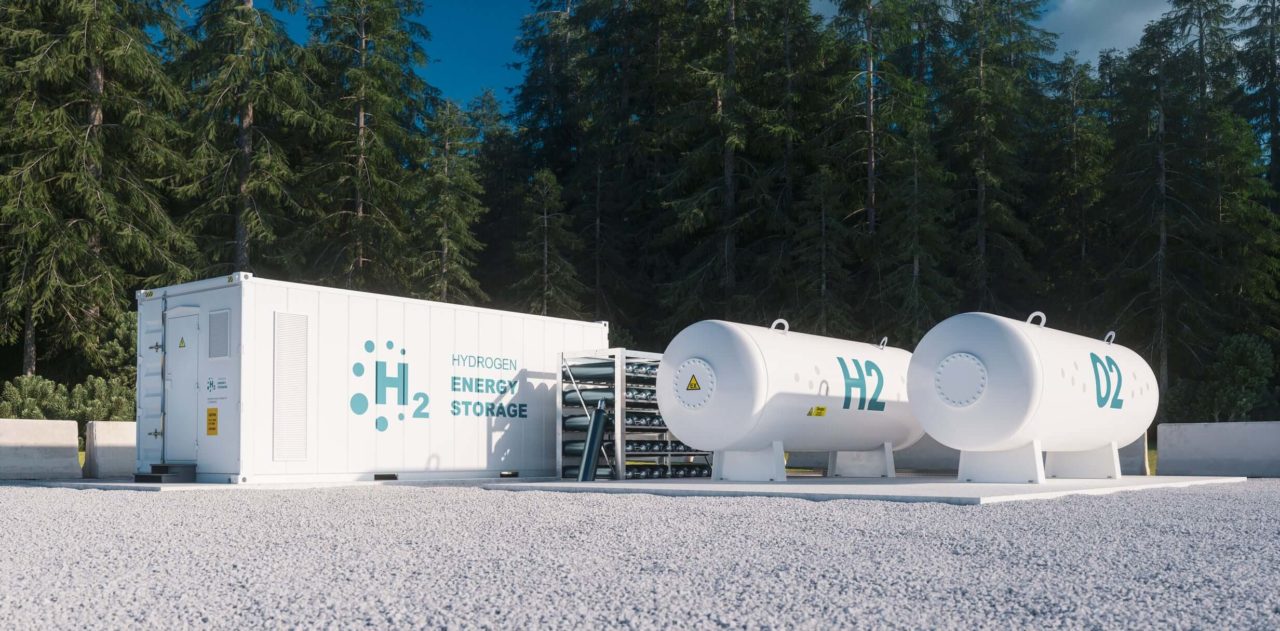
Hydrogen is already a big business. Global demand stood at 130 million tonnes in 2020, being expected to grow to over 500 million tonnes annually, in 30 years. To achieve that, a nuclear-hydrogen combination is on the equation.
With governments all across the world pledging to achieve net zero emissions by 2050, many nations are investigating how hydrogen can help reduce global warming. Millions of tonnes of clean hydrogen will be needed worldwide by 2035, but its production must come from low-carbon energy sources in order for it to completely aid in the decarbonization of the energy system as a whole.

In the future, more industries are expected to turn to hydrogen, to replace fossil fuels in sectors such as steelmaking and others where electricity cannot be used, such as heavy transport including trucking and rail services.
In the medium run, new developments will also make it possible to create hydrogen in novel and more effective methods, such as using carbon-captured fossil fuels and cutting-edge nuclear technologies like next-generation small modular reactors (SMRs). At the moment, SMRs (usually less than 300MW) are still in an early phase, with many pilot projects in the pipeline and gaining momentum.
These advanced nuclear technologies will use significantly higher temperatures (>700°C) to produce nuclear-hydrogen efficiently through thermo-chemical processes that will require inputs of water and heat.
How does the nuclear-hydrogen nexus fit together in practice?
Great Britain is an expecting testing hub, as there is political support for both a fleet of new reactors and a switch to hydrogen to decarbonise industry and transport. Although electricity can obviously be transported across country to power electrolysers, nuclear’s key heat offering cannot be transported in the same way. Even with energy, inadequate grid capacity is already driving up costs due to constraints, and the process of constructing additional networks is time-consuming and expensive. That implies that for a nuclear-hydrogen production, siting concerns are crucial.

Beyond electrical power, nuclear’s ability to generate even larger quantities of heat also offers an opportunity in hydrogen production. As the name suggests, heat is essential for steam methane reforming. In the current deployment, steam is produced by adding more gas to provide heat. Although it is simpler, using fossil fuel-free alternative heat sources can result in a gas consumption increase of up to 33%.
Since nuclear energy can be transmitted across the nation, using it to make hydrogen is a rather flexible method of production.
Water stresses
Currently, water use is 9-14 kg per kg of hydrogen produced (depending on the amount of demineralization required), with some estimates as high as 18 kg per kg. Methane reforming requires 6-13 kg of water per kg of hydrogen produced. To put it another way, a typical estimate is that when working consistently a 1 MW electrolyser will produce around 400 kg of hydrogen per day. That suggests water use of 3.6-5.2 cubic meters per day.
Pipeline issues
Today, hydrogen is transported from the point of production to the point of use via pipeline and on the road in cryogenic liquid tanker trucks or gaseous tube trailers. Pipelines are installed in areas where demand is high (hundreds of tonnes per day) and is predicted to stay that way for many years.
This means that hydrogen producers using the methane reforming route have to be sure that the gas assets they are using will have a methane supply in the long term – which excludes pipes that may be converted to transporting hydrogen.
This issues are no news to energy developers, but the uncertainties of a nuclear-hydrogen production may be a challenge for the industry investors.
Source: Nuclear Engineering International

Universal Kraft and Universal H2 work together to be on the forefront of the hydrogen growth. With our expertise and futuristic vision, we deliver optimal solutions to produce, store and distribute green hydrogen from 100% renewable energy. Know more about our projects here.




